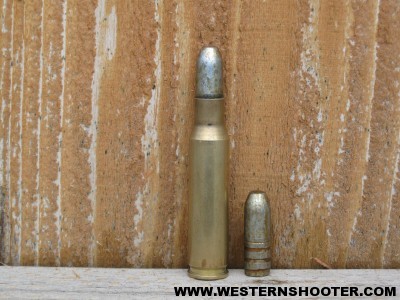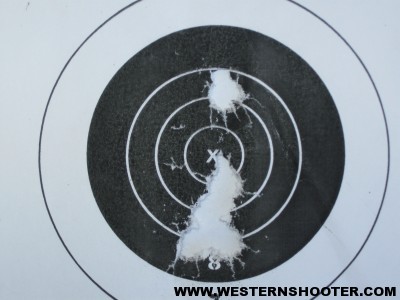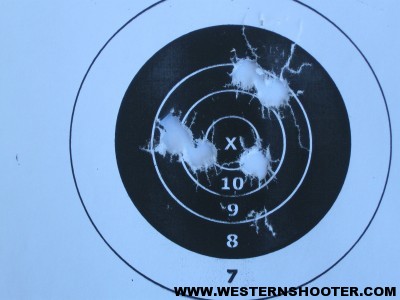In the early 1900’s it was common to do a lot of what was referred to as Gallery Practice. This is shooting on a short range, usually indoors, with reduced loads out of the exact same rifle that is going to be shot at long range. Townsend Whelen who was captain of the US Army Infantry Rifle Team during this same time period talks about this type of practice in a pamphlet he wrote for the military called Suggestions to Military Rifleman. These loads were often loaded with cast bullets and fast pistol powder. The range they were shot at was generally 50 yards.

It is important that the long range shooter becomes as familiar with his gun as possible. Fundamentals like trigger pull, breath control, and follow through are some of the biggest factors in long range shooting. Judging the wind is important; but, if the shooter cannot call his shots as the trigger breaks it is hard to tell if a missed shot was from wind or bad form.
I have developed a load based on this Gallery Practice concept to shoot in my long range match rifle. I use a 173 grain cast bullet that is water quenched as it comes out of the mold. This makes it hard enough not to lead the barrel if it is only shot at a velocity of around 1400 fps. I then load this bullet in a 308 Winchester case with 13 grains of Alliant 2400 powder. Thousands of rounds of this load can be shot out of a barrel without wearing it out; because, cast bullets cause almost no wear to a barrel.

I use 2400 powder because it is very position insensitive; meaning it will burn about the same no matter were it is in the case. This is very important with reduced charges to produce consistency. Out of my Savage F/TR 308 with a 30 inch barrel this load is going about 1400 fps and produces an extreme spread of about 30 fps with a standard deviation of 12 fps for 10 shots. Some experimentation may be necessary to find the right powder charge in your rifle that will not push the bullet to fast to cause leading.
It is important when switching to this load from a full power jacketed bullet load to clean the barrel completely; removing as much copper as possible. It is then equally important than when you switch back to the full power load from the reduced cast bullet load that the barrel is cleaned again to remove any lead. I have shot hundreds of reduced cast bullet loads out of my competition Savage rifle and have seen no problems.


dear friend i enjoyed your writing most shooters dont realize that 1400 fps is less than 2800 fps 2x the time the bullet is in the barrel i have shoot a little and found that making a top notch sniper instructor and give them a highpower spring powered accurate air rifle and let them see how well they shoot and then teach them to hold in the same place and follow through like a gallery shooter does with a 22lr and wow there groups get tighter, we some times forget that the basics that were used and taught for over 400 years hold a slow projectile tight and longer on target. sand your finger tip, and use the tip on a bad shooting day . keeping pushing the proper things that we do but others dont think about like the rifle moves before the bullet leaves the barrel . and the reader might make a good out of a bad. great article
I agree with follow through. Keeping control of the rifle after the shot is fired is all important. Some people even with a scope have a tendency to raise their head as if they can see shot placement better than with the scope. A hard habit to break for some people.